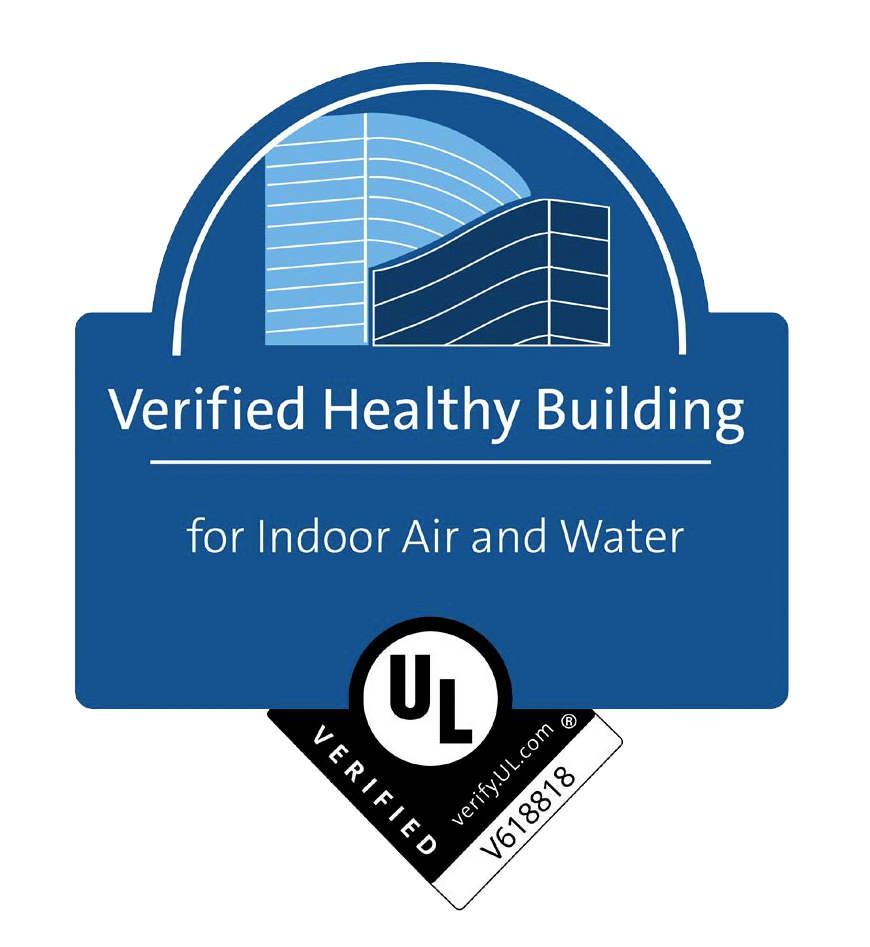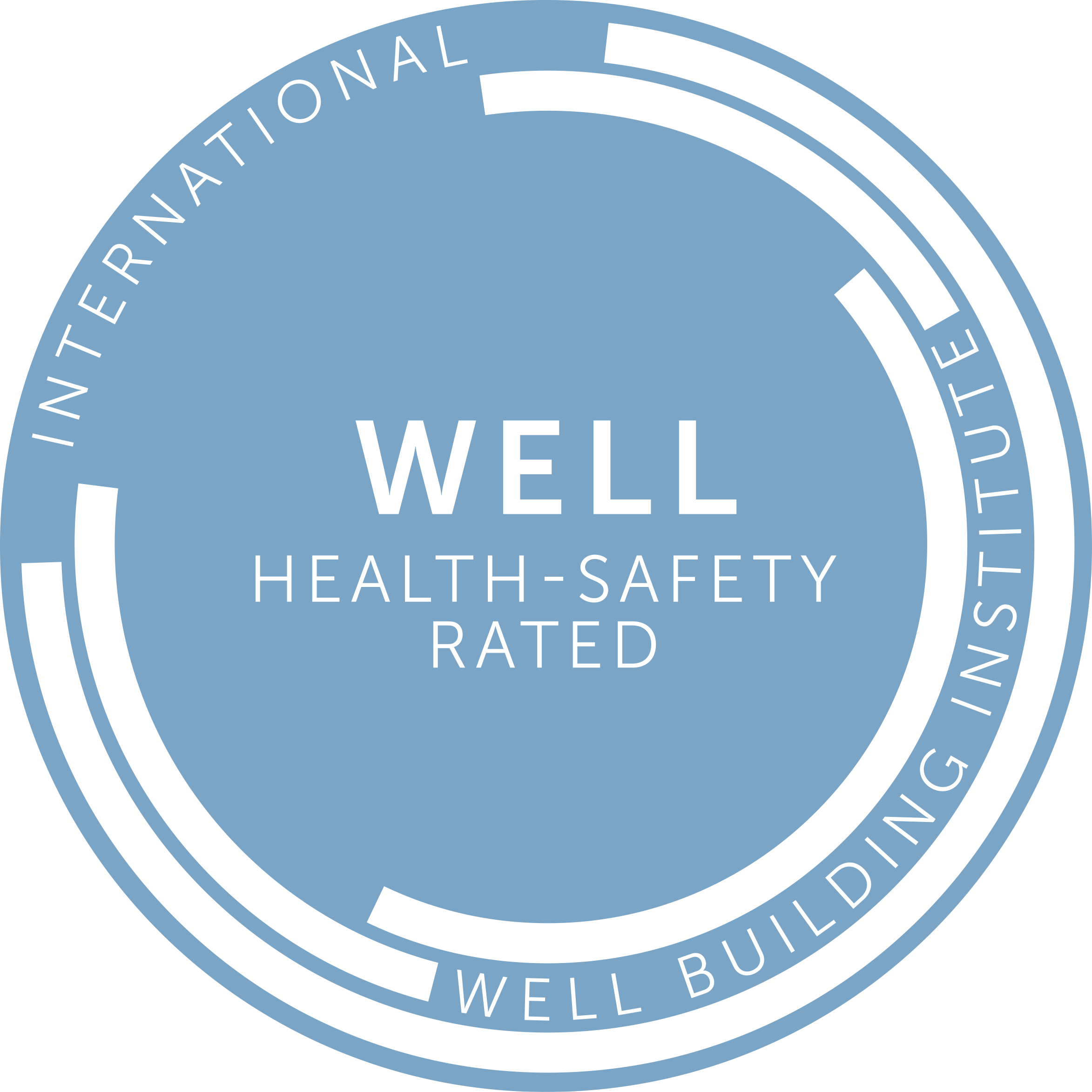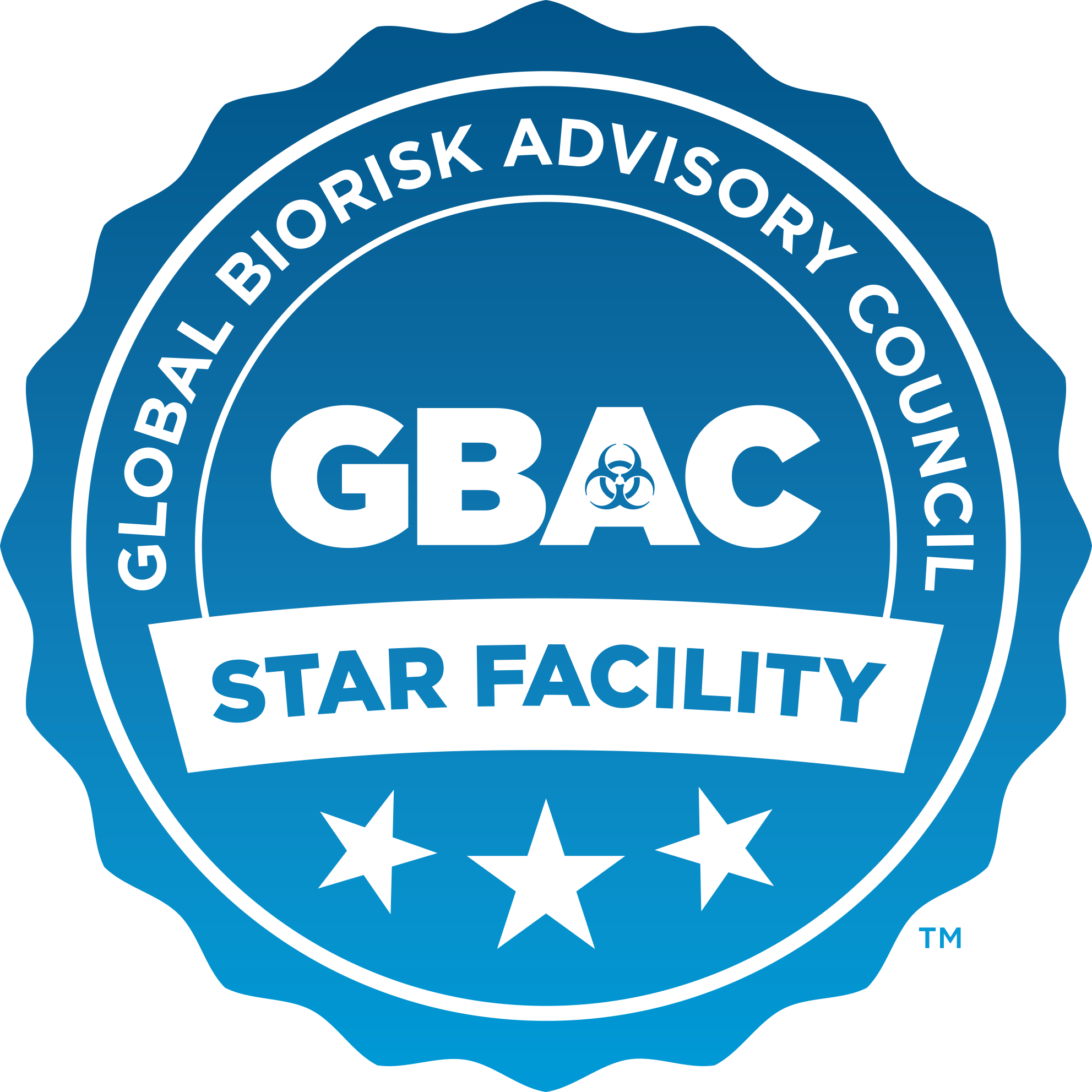



Recovery operations should not be overlooked when developing an emergency plan. Part of being prepared for an emergency is being able to quickly rebound from an unwelcome event and resume normal operations. Preparation will make recovery less difficult and more efficient, translating into smaller losses and less down time.
Restoring Business Operations
Quick resumption of business operations is paramount for minimizing losses.
There are three keys to restoring business operations:
Vital records must be kept safe. These include accounting records, business contracts, insurance policies, equipment diagrams and specifications, production line specifications, operating parameters, product tolerances, vender information, certificates of incorporation, and tax numbers. Companies must know who they supply, who supplies them, who they owe, who owes them, what they produce, how they produce it, etc. Loss of plans, specifications and instructions can delay or prevent a recovery while the product and production schemes are being re-established.
Repairs, particularly extensive repairs, may take a while to complete.
To expedite repairs, companies should develop contacts with contractors, planners, and designers. Names and numbers of these people should be kept on hand so that repairs can be swiftly implemented. By having prior contacts established, no time will be wasted vetting talent, and, if the emergency has affected a large area, the relationship may result in obtaining preferential service as a repeat customer.
Insurance Issues of Recovery
The insurance company claims department should be contacted as soon as an insured loss has occurred. Oral notification must be immediately followed up with written notice. This means that you must have available:
This information should be protected as vital records. A company must know who to contact, how to identify themselves to the insurance company and what their policy covers.
Policy information is extremely important. Insurance policies are negotiated business contracts. Not all losses are automatically covered by all types of insurance, nor are they reimbursed the same way. Further, an insured has duties under these contracts which must be fulfilled for an insured loss to be recoverable. All this information will be spelled out in the policy.
An employee should be appointed claims coordinator to oversee the claims handling and act as liaison with the insurance company. The claims coordinator will be responsible for managing all claims handling activities, from the initial notification of the insurance company through the final settling of the claim.
The claims coordinator should have a comprehensive knowledge of company personnel, operations, sales, records, planning and goals. They should know the types of coverage held by the company, insurable losses allowed, requirements for coverage, and insurable values of physical assets on site.
The insurance company has the right to send a claim adjuster to the site to verify that loss. The adjuster’s duty is to inspect the property to ascertain the amount of damage done and see that damage control and recovery steps are in order.
Claims adjusting is also a service which is paid for as part of the insurance premium. Claims adjusters have great experience in recovery matters. Insureds can use the adjuster’s expertise to come up with a course of action when different recovery operations are possible. The adjuster will be able to tell what expenses are recoverable and the proper ways for calculating losses. They can also point out steps which are not being taken which should be. This guidance can greatly speed recovery.
| Powered by ETS. ©2025 All rights reserved. | | Suggestion Box | |